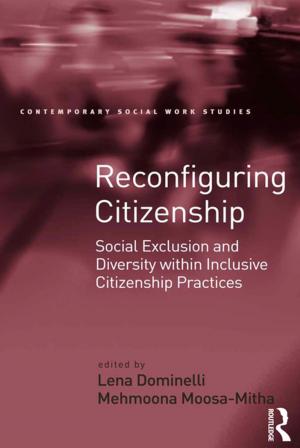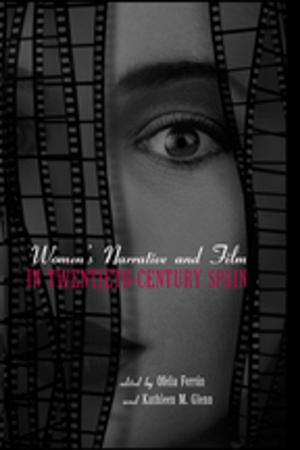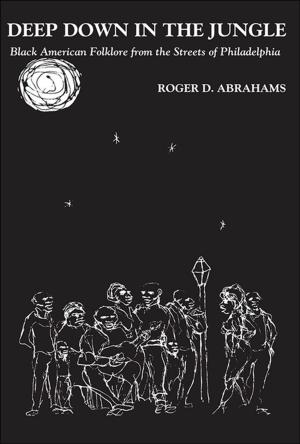Wounds of History
Repair and Resilience in the Trans-Generational Transmission of Trauma
Nonfiction, Health & Well Being, Psychology, Psychoanalysis, Psychotherapy, Mental Health| Author: | ISBN: | 9781317614029 | |
| Publisher: | Taylor and Francis | Publication: | December 8, 2016 |
| Imprint: | Routledge | Language: | English |
| Author: | |
| ISBN: | 9781317614029 |
| Publisher: | Taylor and Francis |
| Publication: | December 8, 2016 |
| Imprint: | Routledge |
| Language: | English |
Wounds of History takes a new view in psychoanalysis using a trans-generational and social/political/cultural model looking at trauma and its transmission. The view is radical in looking beyond maternal dyads and Oedipal triangles and in its portrayal of a multi-generational world that is no longer hierarchical. This look allows for greater clinical creativity for conceptualizing and treating human suffering, situating healing in expanding circles of witnessing.
The contributors to this volume look at inherited personal trauma involving legacies of war, genocide, slavery, political persecution, forced migration/unwelcomed immigration and the way attachment and connection is disrupted, traumatized and ultimately longing for repair and reconnection.
The book addresses several themes such as the ethical/social turn in psychoanalysis; the repetition of resilience and wounds and the repair of these wounds; the complexity of attachment in the aftermath of trauma, and the move towards social justice. In their contributions, the authors remain close to the human stories.
Wounds of History will be of interest to psychoanalysts, psychologists and other mental health professionals, as well as students or teachers of trauma studies, Jewish and gender studies and studies of genocide.
Wounds of History takes a new view in psychoanalysis using a trans-generational and social/political/cultural model looking at trauma and its transmission. The view is radical in looking beyond maternal dyads and Oedipal triangles and in its portrayal of a multi-generational world that is no longer hierarchical. This look allows for greater clinical creativity for conceptualizing and treating human suffering, situating healing in expanding circles of witnessing.
The contributors to this volume look at inherited personal trauma involving legacies of war, genocide, slavery, political persecution, forced migration/unwelcomed immigration and the way attachment and connection is disrupted, traumatized and ultimately longing for repair and reconnection.
The book addresses several themes such as the ethical/social turn in psychoanalysis; the repetition of resilience and wounds and the repair of these wounds; the complexity of attachment in the aftermath of trauma, and the move towards social justice. In their contributions, the authors remain close to the human stories.
Wounds of History will be of interest to psychoanalysts, psychologists and other mental health professionals, as well as students or teachers of trauma studies, Jewish and gender studies and studies of genocide.















